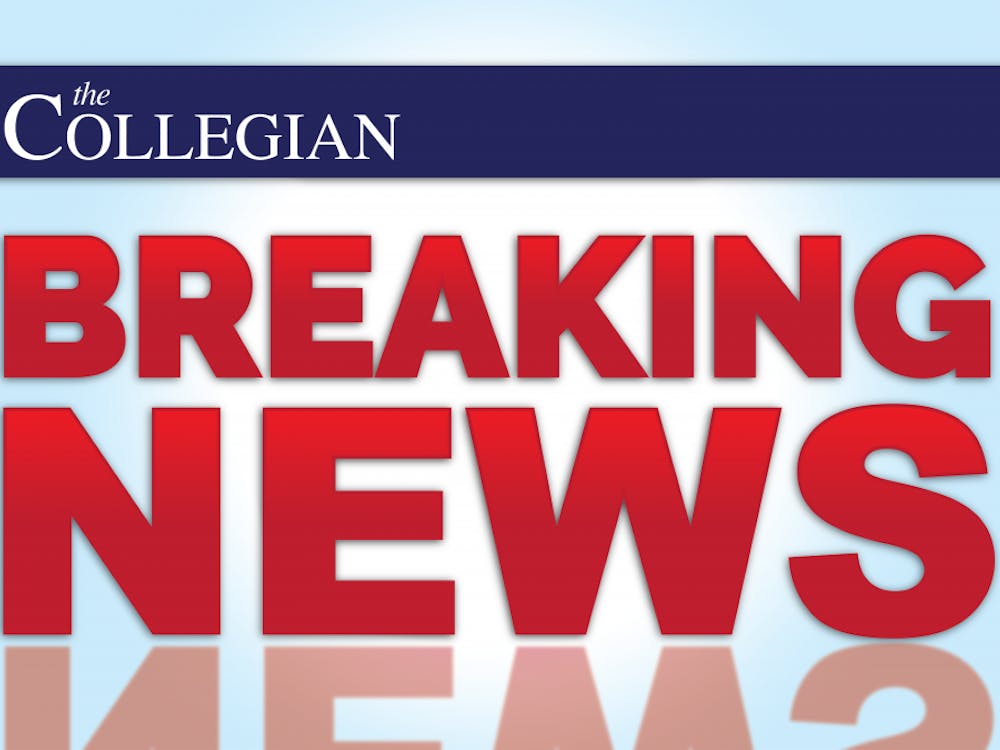Senior Donte Thompson had never presented his research outside of the classroom — or been to Puerto Rico — until he went to this year’s Southeastern Regional American Chemical Society’s conference in San Juan.
Senior Somyung Kim attended the conference when it was virtual in 2020 and 2021 during the height of the COVID-19 pandemic, but this was also her first time going and presenting her research in-person.
Kim and Thompson were part of a group of twenty University of Richmond chemistry students who traveled to attend the 73rd annual SERMACS in San Juan, Puerto Rico. The conference took place from Oct. 19 to Oct. 22 and the focus of the meeting was “chemistry transcending boundaries for a sustainable future.” UR students were among thousands of guests from 18 different countries and were joined by undergraduate and graduate students representing over 47 different schools, according to the SERMACS 2022 program.
While the conference featured symposiums and talks given by chemistry professionals — including Nobel Prize winner David W. C. MacMillan — UR students also had the opportunity to present their research. Sharing research at SERMACS not only fulfills the research and reporting requirement of UR’s chemistry major but it also gives students valuable professional skills, Christopher Stevenson, chair of the chemistry department at UR, said.
“ACS is one of the largest professional chemistry organizations in the world and SERMACS is one of the most common outlets for staff and students to present their work,” Stevenson said. “We’re really proud of our students and faculty who did this and it’s great for community building.”
To present at SERMACS, people can submit their research abstracts and get approved for either the poster sessions, where people can walk around to view someone’s poster and ask questions about their research, or to give a talk. This year, 18 UR students presented posters along with one faculty member and two students who gave talks, Stevenson said.
Thompson was one of the students approved to give a talk about his research he had been working on for almost two years with assistant biochemistry professor Dominique Williams.
Thompson said his research had two components. One focus is how bacteria use rare earth metals to convert toxic intermediates — destructive substances that can form during a chemical reaction — into something that helps bacteria and plants grow in harmful conditions. The other part is looking into the potential medicinal benefits of bacteria’s ability to decrease growth of biofilms, which are thin layers of bacteria that stick to surfaces and can cause infections.
Thompson was grateful for the opportunity to go to SERMACS not only because it was held in Puerto Rico but also because he learned a lot, Thompson said.
“It was nice to go to Puerto Rico because me and some of the other research students went to the beach and explored whenever there was downtime so I really enjoyed my time at the conference,” Thompson said. “Not only because I’ve never been to one of those before but it also really increased my willingness to learn about biochemistry because the only experience I have is with the research I’m doing.”
Junior Helen Xia also gave a talk on her research she had been working on with chemistry professor Wade Downey into how a catalyst, something that speeds up or starts a chemical reaction, can be used to combine molecules that otherwise would fall apart. Xia said she had been studying this catalyst for almost two years and has found it can be helpful for developing different pharmaceuticals or pesticides.
Xia had been to SERMACS before, and while she was only there for two days this year, the conference was still a great place to network with other students with similar research interests, Xia said.
Enjoy what you're reading?
Signup for our newsletter
“It’s a really good opportunity to meet other students and there are also undergraduates who are wanting to go into graduate school research too and meet other people in that field too,” Xia said
Kim presented her research on how different molecules she made helped reduce carbon dioxide into a sustainable fuel during the poster sessions.
The highlight of the trip for Kim was getting to soak up the San Juan sun by the pool and learning more about what her peers were researching, she said.
“It was interesting to me to see how some of my projects were similar to theirs,” Kim said. “I also even had a couple of graduate students come up to me and suggest some different approaches.”
Contact news writer Katie Castellani katie.castellani@richmond.edu
Support independent student media
You can make a tax-deductible donation by clicking the button below, which takes you to our secure PayPal account. The page is set up to receive contributions in whatever amount you designate. We look forward to using the money we raise to further our mission of providing honest and accurate information to students, faculty, staff, alumni and others in the general public.
Donate Now



